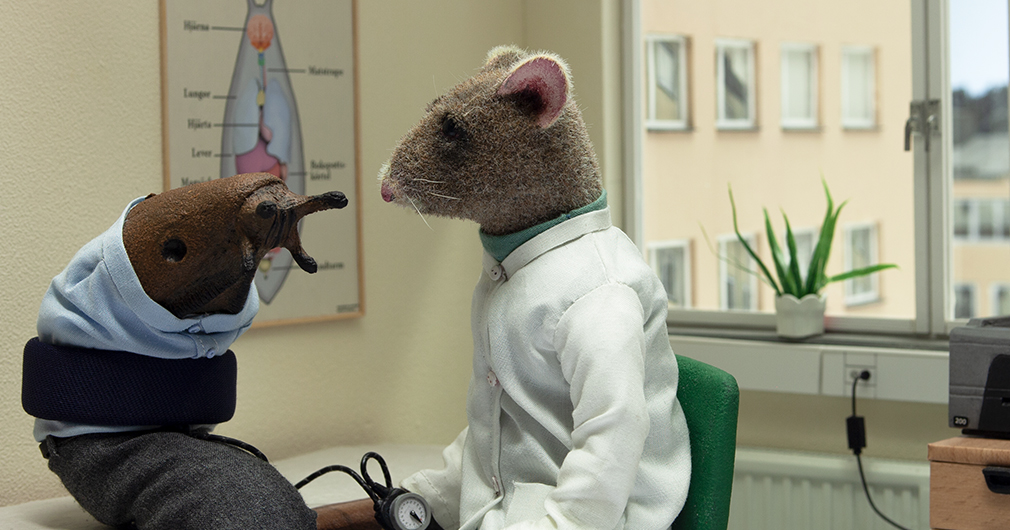


Nordisk Panorama 2020 Opening

I was there. Not on the couch, sorry, but in my old armchair (Børge Mogensen, black leather, for you, at least the Danes, to know the quality…) from where I normally watch football on television, with my feet up on a footstool, wearing slippers. Just back from the garden house and the warm September day…
…with my laptop, ready for a festive opening. Anita Reher, the boss of Nordisk Panorama, welcomed with warm words to the filmmakers, the audience, the team behind her and the funders. She then passed the word to Nadia Jebril – Palestinian parents – from Malmö, on her couch, a superb host, who took us through the program in the warming-up for a festival mood, from her couch, including a couple of obligatory talks from funders from the city and the region. All in a very professional and inviting atmosphere…
continue reading…
Two opening films. The first one, five minutes long, «Something to Remember» by Niki Linderoth von Bahr. Magnificent. Big word. But that’s what this short film is. A visual poem with puppets (see the photo), arranged as a “lullaby before the big disaster”. So happy to have been given the chance to leave the documentaries for some few minutes to experience an artist that makes me smile and think about our civilisation exactly like Roy Andersson does. I have seen it a couple of times since this opening, the lyrics, the singing, the décor, “the locations”… I have read that the director has made many short films that have travelled the world, and thank you Nordisk Panorama to give us a retrospective and a masterclass (on Sunday) with Niki Linderoth von Bahr. Must be a highlight of the festival.
The second film, the documentary “Lady Time” by Finnish Elina Talvensaari, did not catch my attention. The story about Sirkka-Liisa, an old woman who died alone leaving furniture and personal things in the flat that the director moves into, has a very sad tone to match the loneliness of the former resident in the flat. The director investigates her life through family photo albums, letters, diaries – to give her Life. And the director seeks to do so through a visual language that for me very often becomes demonstratively “filmic” and pathetic. In the Q&A, half an hour, where the director talks to festival programmer Cecilia Lidin, she stresses that she felt that she had to include herself in the story, and in some of these moments there is some humour, otherwise I had a hard time to stay with the monotonous bringing to life Sirkka-Liisa, who had a tough but also good life with her husband, and lived alone the last twenty years of her life – she died more than 90 years old. And I have to confess that I – during the watching – was thinking of the ethics connected to the director opening very private letters from the dead woman, to make her film. Actually I remembered my own hesitation when I sat with my mother’s letters and diaries after her death. Same generation by the way.